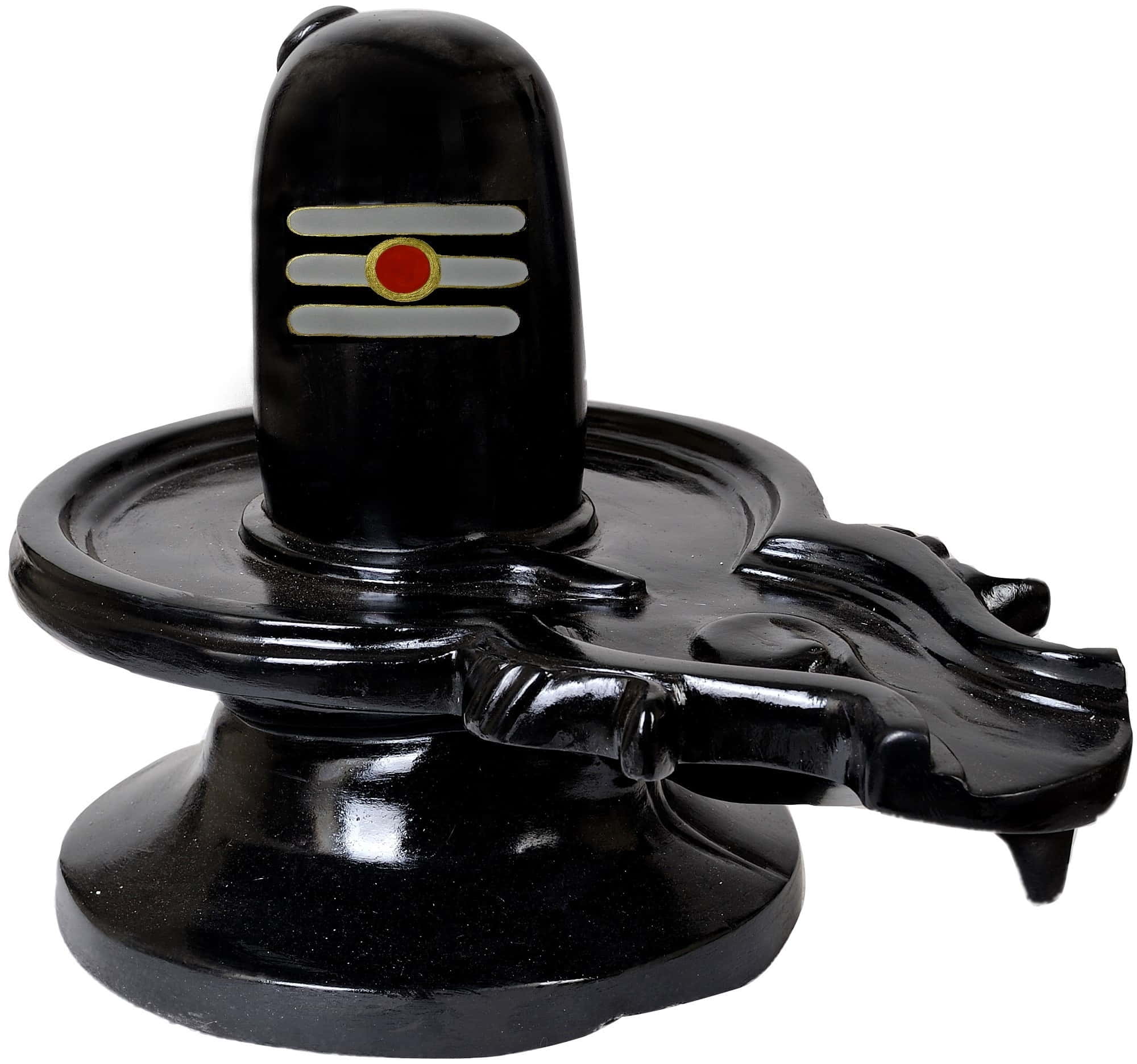What is Sivalinga
Share this post
A Siva linga, representing Siva, is found in virtually all of His temples. The Sivalinga is the simplest and most ancient symbol of the Divine. It is especially evocative of Parasiva, God beyond all forms and qualities, the unmanifested Absolute. The Supreme Shiva doesn’t have a form and every form is his form. The Shiva Lingam represents him, the Supreme Shiva¸ who is formless. Sivalingas are commonly made of stone, but may also be of metal, precious gems, crystal, wood, earth or even transitory materials like sand or ice. Ardent devotees make special Sivalingas to worship during Mahasivaratri.
Namah Sivaya is among the foremost Vedic mantras. It means “adoration to Siva” and is called the Panchakshara, or “fi ve-letters.” The fi ve elements, too, are embodied in this ancient formula for invocation. Na is earth, Ma is water, Si is fi re, Va is air, and Ya is ether, or space.
During the creation a debate took place between the creator Brahma and the preserver Vishnu that who Shiva is. Just then this “Column of light” appeared in front of them on the Hindu month of Margasheersha and Hindu date Poornima or Pratipada. When both the Gods failed to know the real origin and end of this column, Shiva appeared in his visible form. He preached both of them the real meaning of Shiva Lingam.
He said, ” I have two form, Sakala(with form) and Nishkala(with out form). This column of light is my real form. Brahman is my Nishkala form and Maheshwara is my Sakala form.
When I come with sixteen kalas, I become Sakala and when I present in the crude energy, I am called Brahman. Brahman means the most enormous (Brihat) and the creator of all. Lingam depicts my formless Brahman power.
This is my Lingam(symbol). Lingam (Braman) and Lingee (Atman) are same, therefore the great souls should also worship me. One who has established Shiva Lingam somewhere in his life, he gets Sayujya Moksha (eternal company of Shiva).
It has been a common myth that Shiva Lingam represents male genital organs. This is not only false, misleading but also base less. Such misinterpretations are done in recent times and popularized to make it common, when Indian literatures actually came into hands of foreign scholars; Britishers and Muslims. They relied on extracting simple meanings of major Vedic terms used in daily life without addressing rightful context. It was difficult to interpret the language, a word may have different meaning depending on the mis-contrued understanding. Some of the easy interpretation may be misleading. And such misinterpretation may actually be welcome by skeptics, if you want to find the defects in somebody else’s faith. Lingam means formless, Shiva Lingam is state of God just before manifestation of Universe.
This misunderstanding is one of the most glaring examples of such a situation. Misinterpretations of actual Sanskrit literature led to this false belief. Shiva Lingam is a differentiating mark; it is certainly not a sex mark. While the actual meaning of male genital is “shishna” in Sanskrit.
What Lingam means in Lingam PuranaThe foremost Lingam which is devoid of colour, taste, hearing, touch etc is spoken of as Prakriti or nature.
The nature itself is a Lingam (or symbol) of Shiva. When we see nature, we infer the presence of its creator - Shiva. Shiva Lingam is the mark of Shiva the creator, Shiva the sustainer and Shiva the destructor. It also dispels another myth in which Shiva is considered only as a destructor.
Another authentic reference comes from Skanda Purana where lingam is clearly indicated as the supreme Shiva from where the whole universe is created and where it finally submerge.
The endless sky (that great void which contains the entire universe) is the Linga, the Earth is its base. At the end of time the entire universe and all the Gods finally emerge in the Linga itself.
Shiva Lingam is worshiped in two common forms - Chala (Moveable) Lingam and Achala (Non-Moveable or Fixed) Lingam.
The Sanskrit word ‘Lingam’ means symbol. Linga also means “mark, token or sign.” Similar Posts : Father of Plastic Surgery, பைரவர் பற்றி, Why Touch Feet, Why Lotus is special, திருவீழிமலை, See Also:Sivalinga Hinduism

Comments